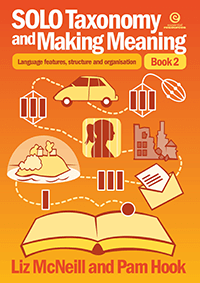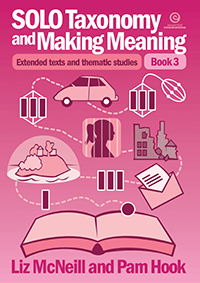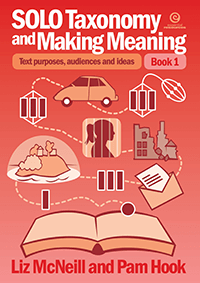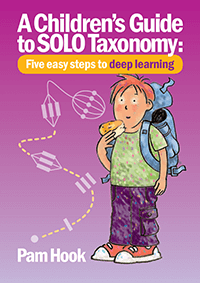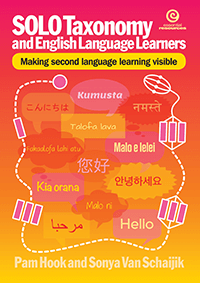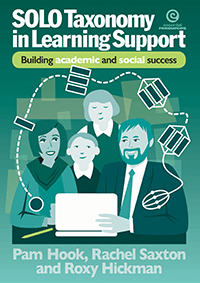
SOLO Taxonomy and Making Meaning Book 3
Extended texts and thematic studies
|
NZD incl GST
|
Add to cart | |
| or more | each |
